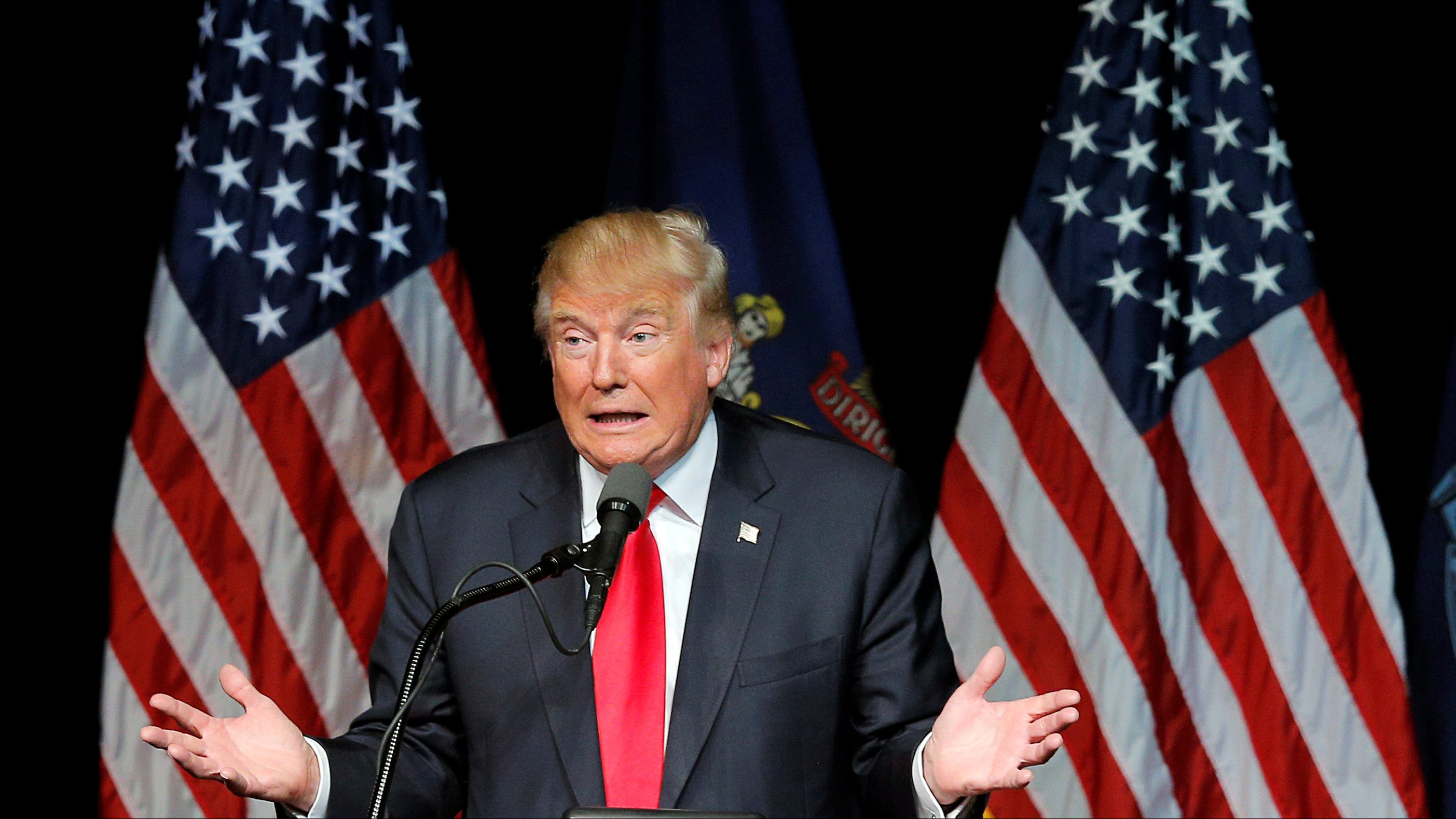by Ian Tartt
This is a recent Trump quote that’s making people angry:
“When people come back from war and combat and they see maybe what the people in this room have seen many times over, and you’re strong and you can handle it, but a lot of people can’t handle it,” Trump told a room full of veterans.
What does he mean by that quote? Many are reporting that as him saying the veterans can’t handle PTSD. However, a closer look at that quote seems to indicate him meaning that the veterans can handle it but other people can’t. So why do some people see one meaning and other see another meaning? There are several reasons that could explain this phenomenon, and although they’re not unique to Trump, the sheer number of controversial things he says and the accompanying media attention he gets make him a good focus for this article.
The main explanation for why so many people misinterpret what others say is cognitive bias. In the case of Trump, many are biased against him; even though he’s given them plenty of reasons to dislike him, that bias can still affect their thinking when they read an article or see a video of him. The quote at the top of this article is an example of bias affecting the way his words were perceived by many who read or watched them. Instead of taking a minute to read it a couple times and parse the language, their bias lead them to the conclusion that he had said something offensive or cruel.
Many videos of Trump feature an interviewer or moderator asking him questions. If the moderator is biased against him and that bias is made clear, then viewers can be further influenced to be led to a false conclusion. Of course, bias is a two-way street. Someone who likes Trump might be led to defend a quote or a policy that they would reject from any other candidate because their bias colors his words in a way they find appealing. In both cases, their bias is affecting their perception of reality to the point that they believe something that is false or is inconsistent with their views.
Another explanation is a lack of context. If Trump talked for an hour and a video featured only two minutes of his speech, any criticisms of his entire speech based solely on that video would be absurd. Or, suppose the video took two separate sentences from the speech and edited them together so it sounded as though he said something different than what he actually did. That also would not be a sound basis for criticism. These actions could come from bias against Trump, but they could also be due to inexperience or incompetence in journalism.
The most devious explanation is outright dishonesty. Suppose Trump said he preferred science fiction to comedy. If articles then came out saying “Trump denounces comedy” or “If you like comedy you’re an idiot, according to Trump”, the authors of those articles would be liars. Again, this could come from bias, but not necessarily. Bias would be less likely to result in making things up like in this example because a biased author would tend to misinterpret his words instead. Dishonesty is taking something that clearly means one thing and twisting it around to mean something completely different; in this case, that anyone who likes comedy is an idiot.
How can we prevent ourselves from falling prey to biased content? The first step is to read articles all the way through instead of merely skimming the title or the first few lines. This can often reveal that an article is pure “clickbait;” the title is intentionally provocative to draw attention to the article, but the title is either dishonest or has nothing to do with the body of the article. Likewise, watch videos all the way through so as to not be misled by the title or the first few seconds.
Next, consider the source. Know whether or not the content creator and website are biased toward or against the subject. This allows for a more accurate assessment of the work. After reading or watching something, do more research on it. If it shows two minutes of an hour-long speech, watch the entire speech or find the transcript for the speech. Look into the history of the person giving the speech, the influences they had growing up, and what got them to where they are today. Also, try discussing these things with other people. Maybe they can bring something up that’s relevant to a particular article or video that helps in understanding it. Doing all of this will help develop critical thinking skills and reduce the odds of being blindside by bias, whether it’s internal or external. Over time, this will lead to better journalism, more people capable of thinking for themselves, fairer criticisms, and less hysteria where it need not be.





4 comments
… [Trackback]
[…] Here you will find 41584 more Information to that Topic: thelibertarianrepublic.com/understanding-media-bias-trump/ […]
… [Trackback]
[…] Read More on on that Topic: thelibertarianrepublic.com/understanding-media-bias-trump/ […]
… [Trackback]
[…] Here you will find 29124 more Info to that Topic: thelibertarianrepublic.com/understanding-media-bias-trump/ […]
… [Trackback]
[…] Find More to that Topic: thelibertarianrepublic.com/understanding-media-bias-trump/ […]